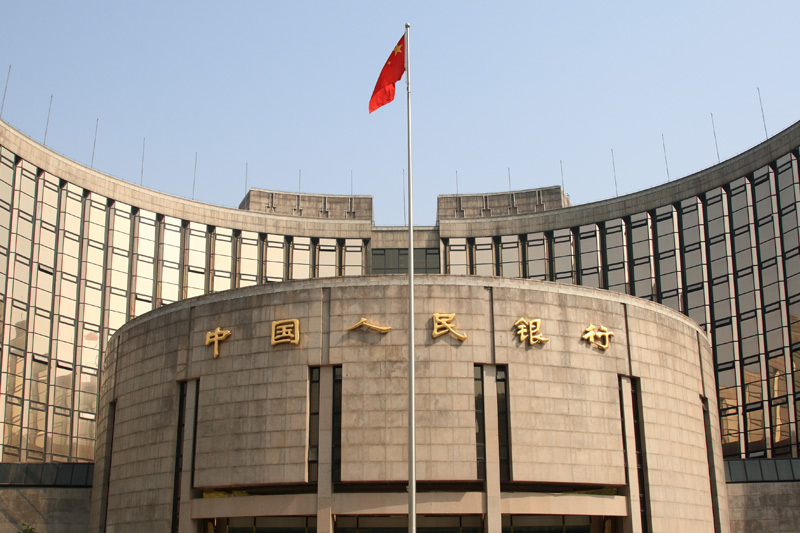The People’s Bank of China kept its benchmark loan prime rate at record lows on Monday as widely expected, indicating that the central bank has limited headroom to further loosen monetary conditions and buoy an economic recovery.
The PBOC left its one-year LPR at 3.45%, while the five-year LPR, which is used to determine mortgage rates, was left unchanged at 4.20% in the PBOC’s first rate decision of 2024.
Both LPR rates were at historic lows after a series of cuts over the past four years, as the PBOC loosened monetary policy in the face of slowing economic growth.
Monday’s move was largely in line with market expectations after the central bank unexpectedly kept its medium-term lending rates on hold earlier in January, although it also maintained its near record-high pace of liquidity injections.
The LPR is determined by the PBOC based on considerations from 18 designated commercial banks, and is used as a benchmark for lending rates in the country.
The PBOC had cut the rate further into record-low territory over the past two years, as it struggled to further stimulate Chinese lending conditions and support an economic rebound. But its measures have had little effect so far, with recent data confirming that a post-COVID economic rebound largely failed to materialize in 2023.
China’s gross domestic product grew less than expected in the fourth quarter, and also barely edged past a 5% government target for the year, as weakening export demand added to economic pressure from sluggish domestic spending and investment.
The PBOC has also repeatedly signaled reluctance towards cutting the LPR further, stating that such a move could cause more weakness in the yuan and also destabilize the banking sector.
With the central bank’s liquidity measures providing little support to the economy, investors have ramped up calls for more targeted, fiscal measures from Beijing. But such measures also appear unlikely as China grapples with high levels of government debt.



